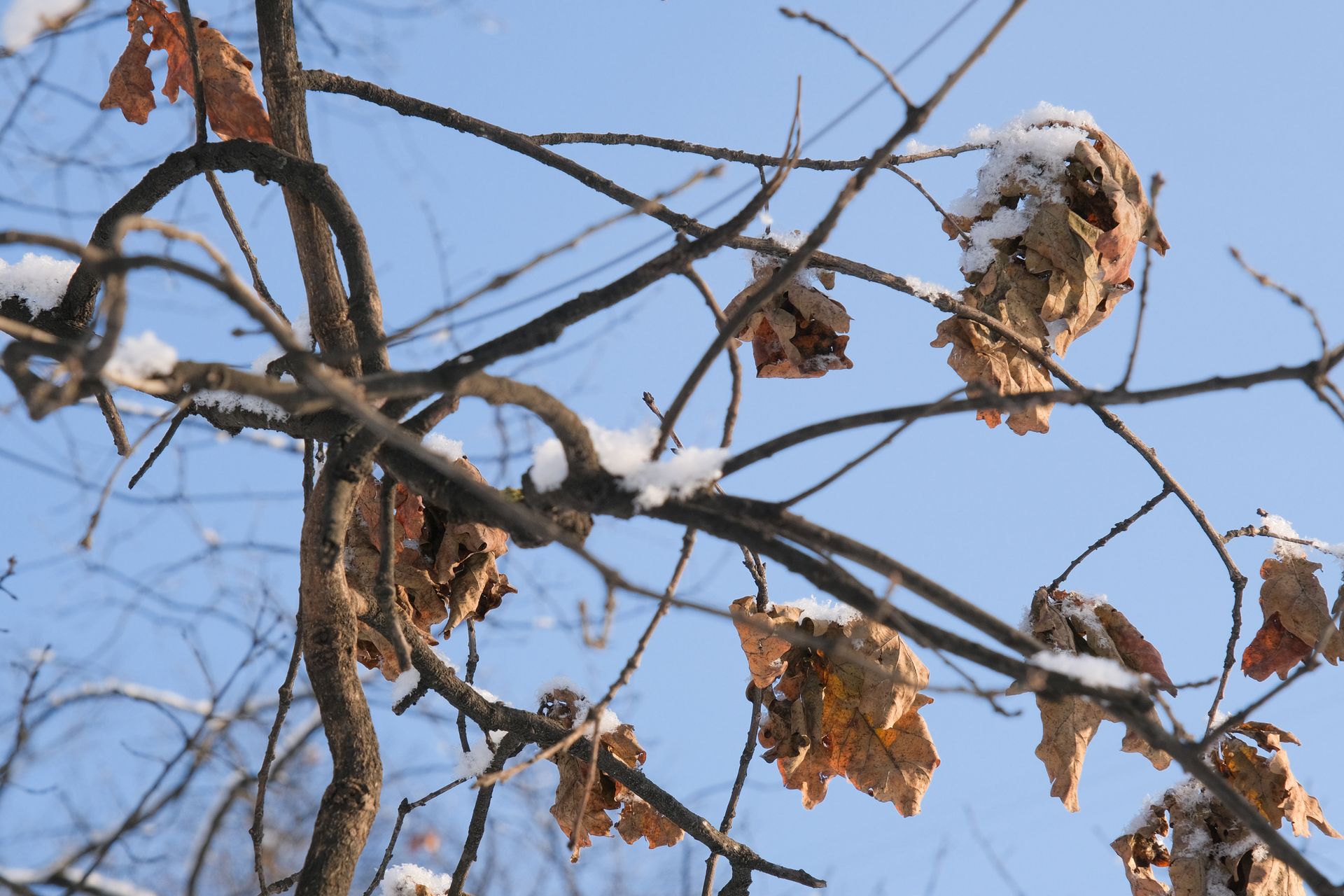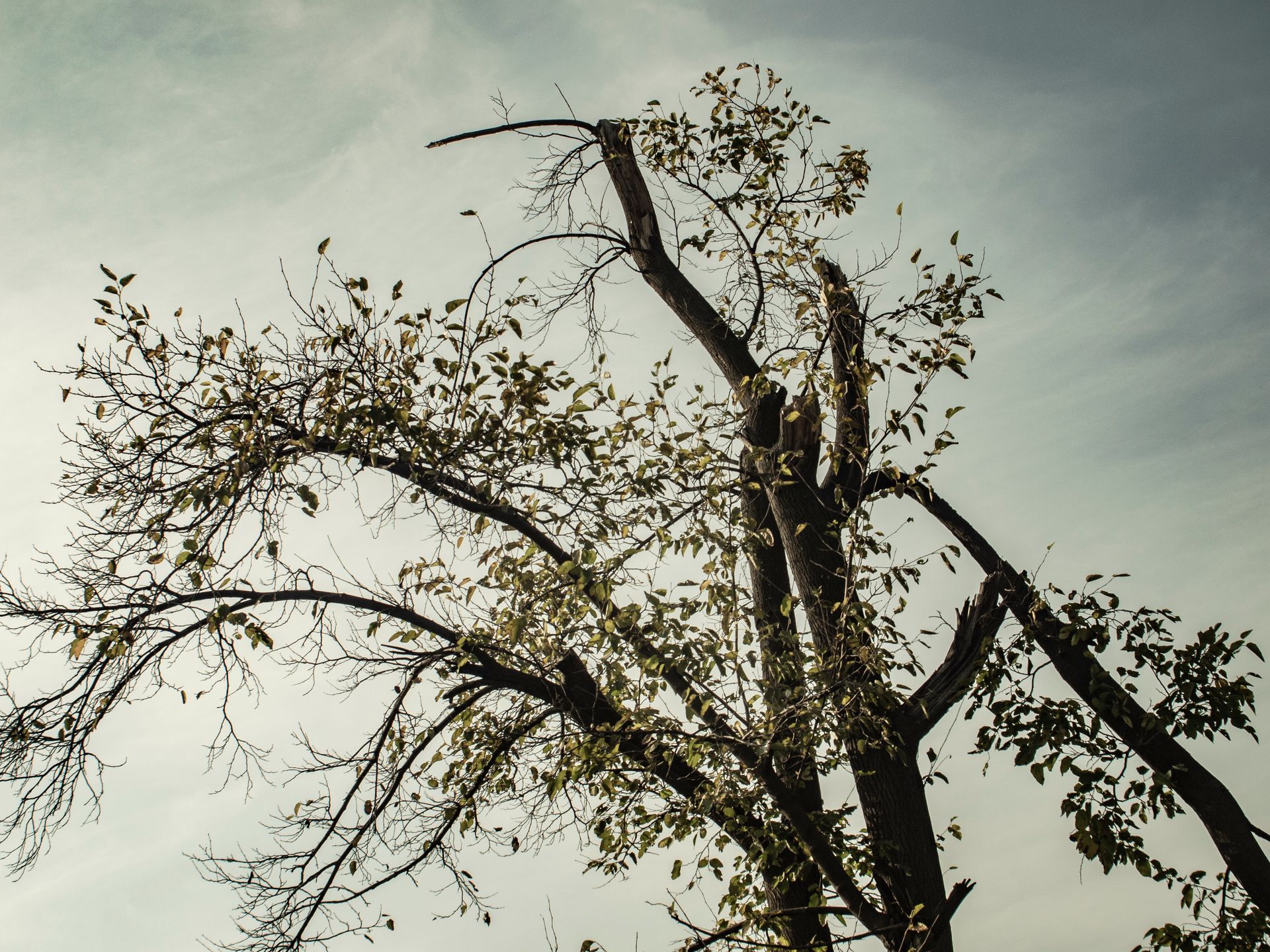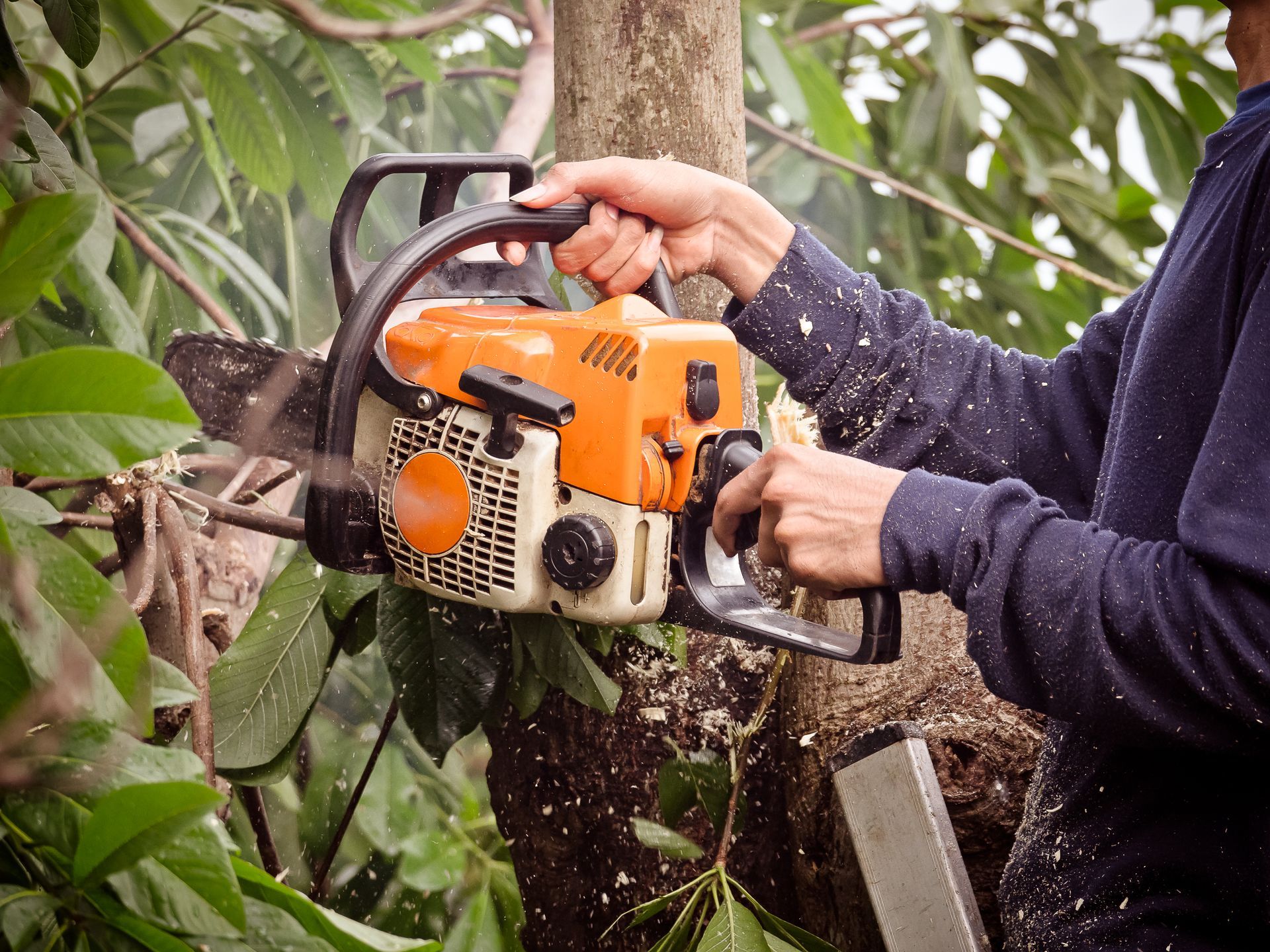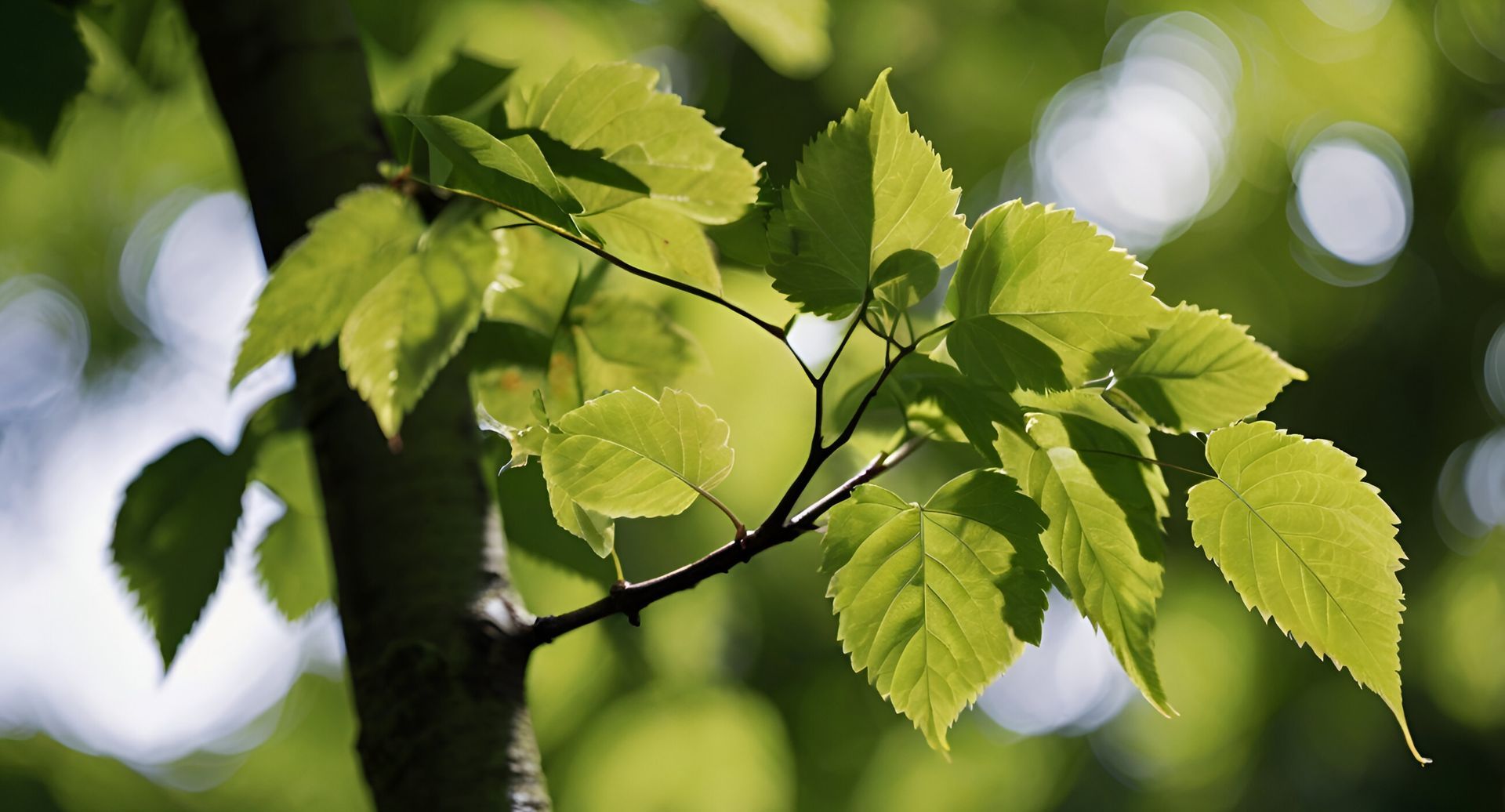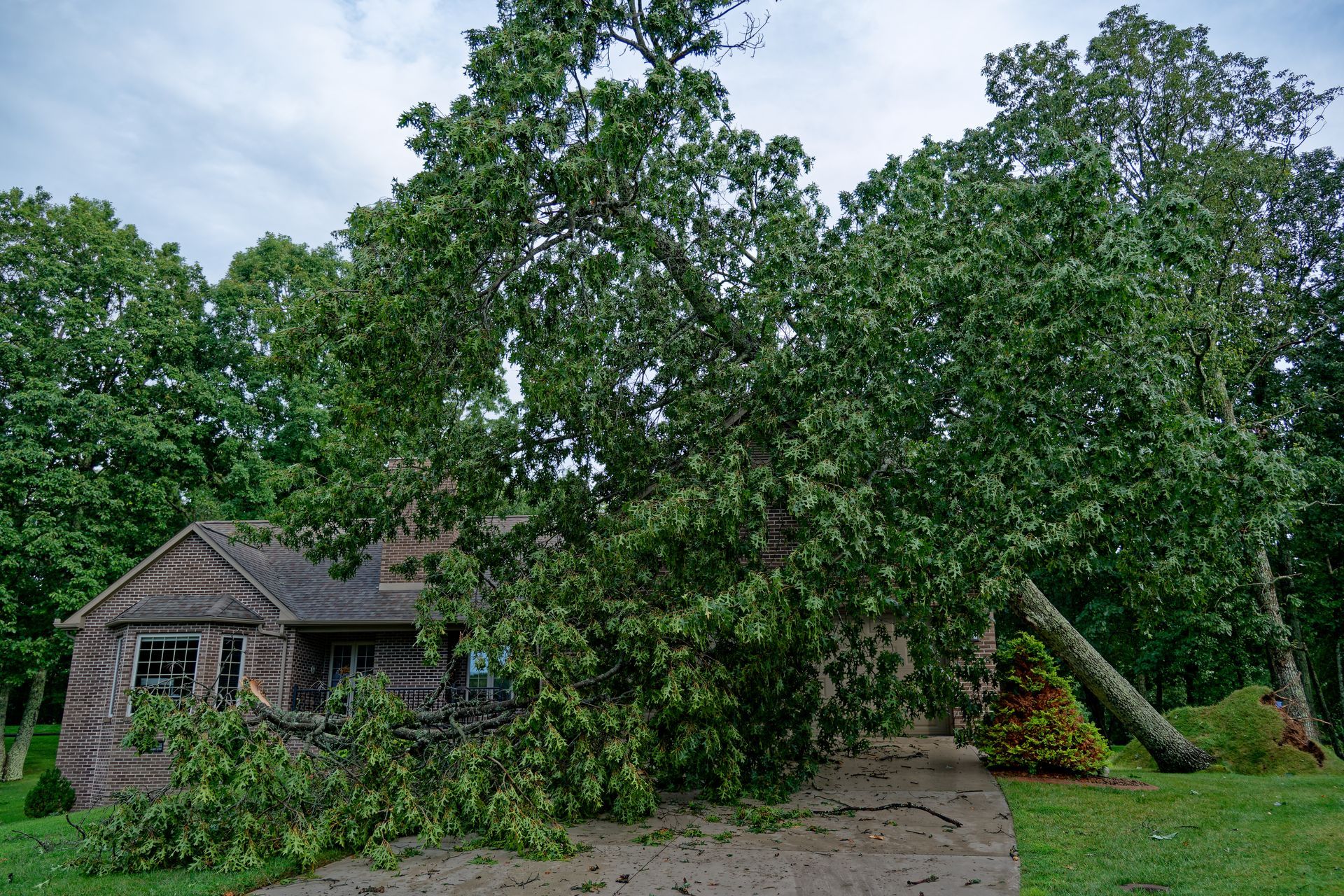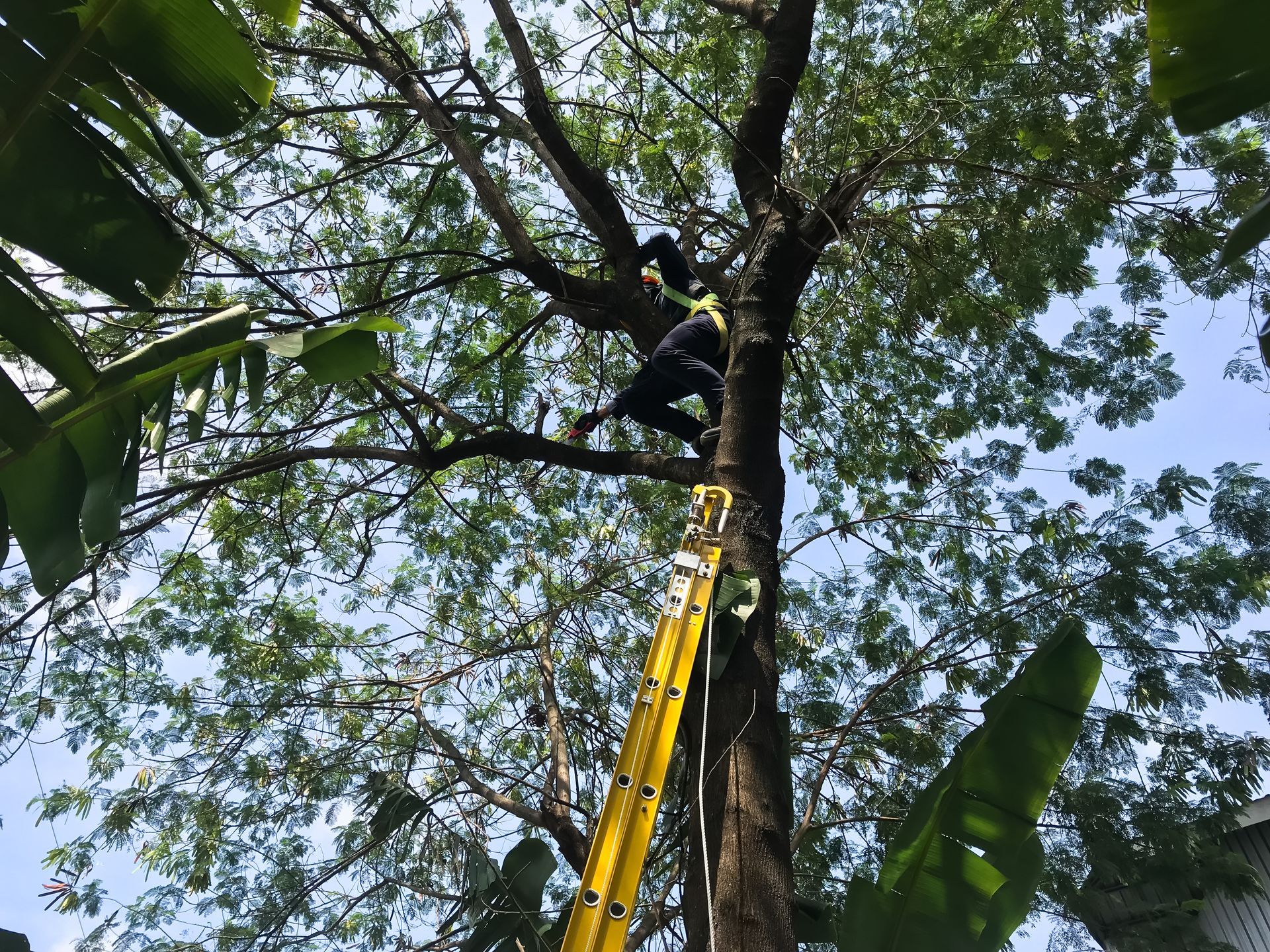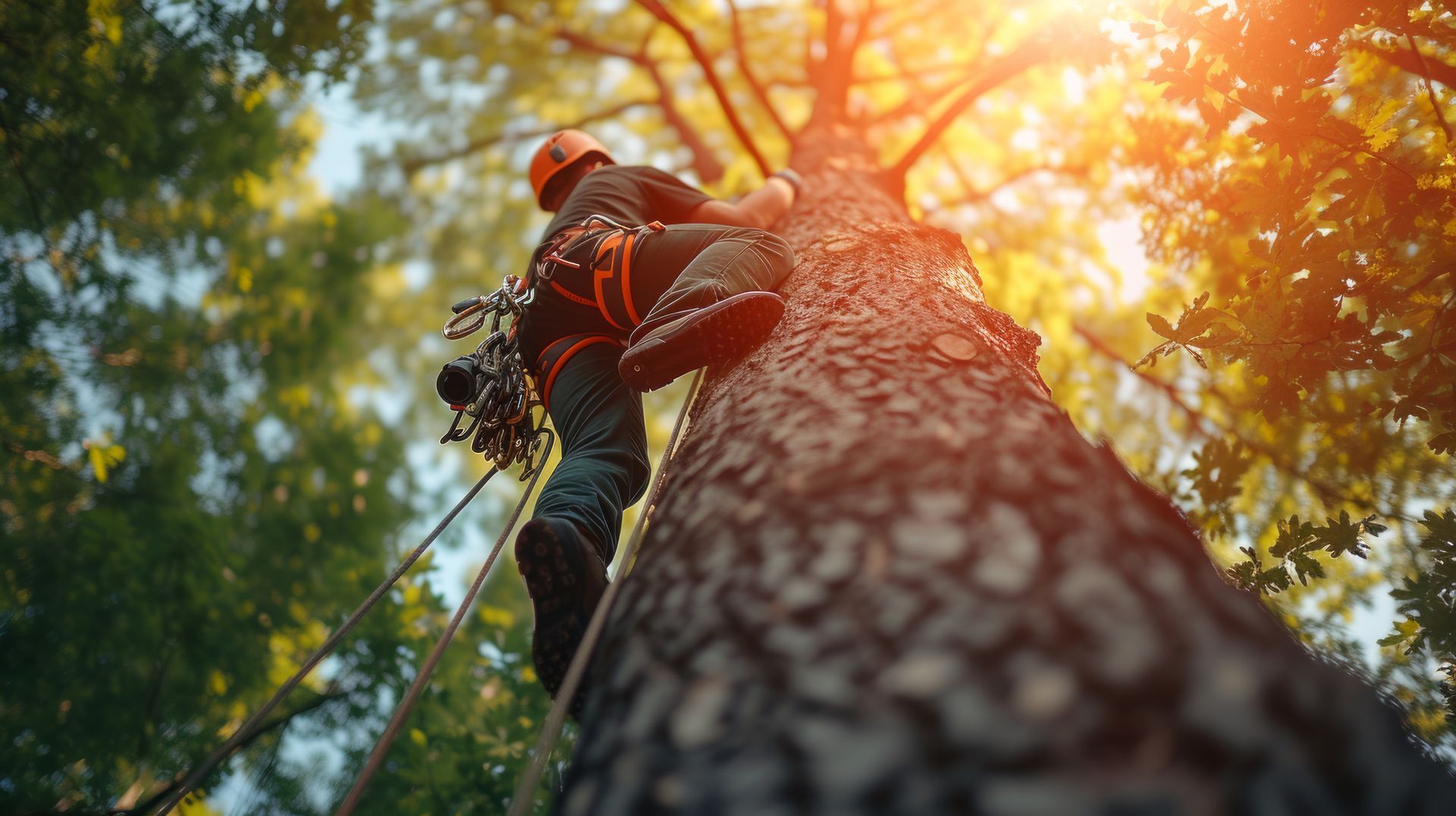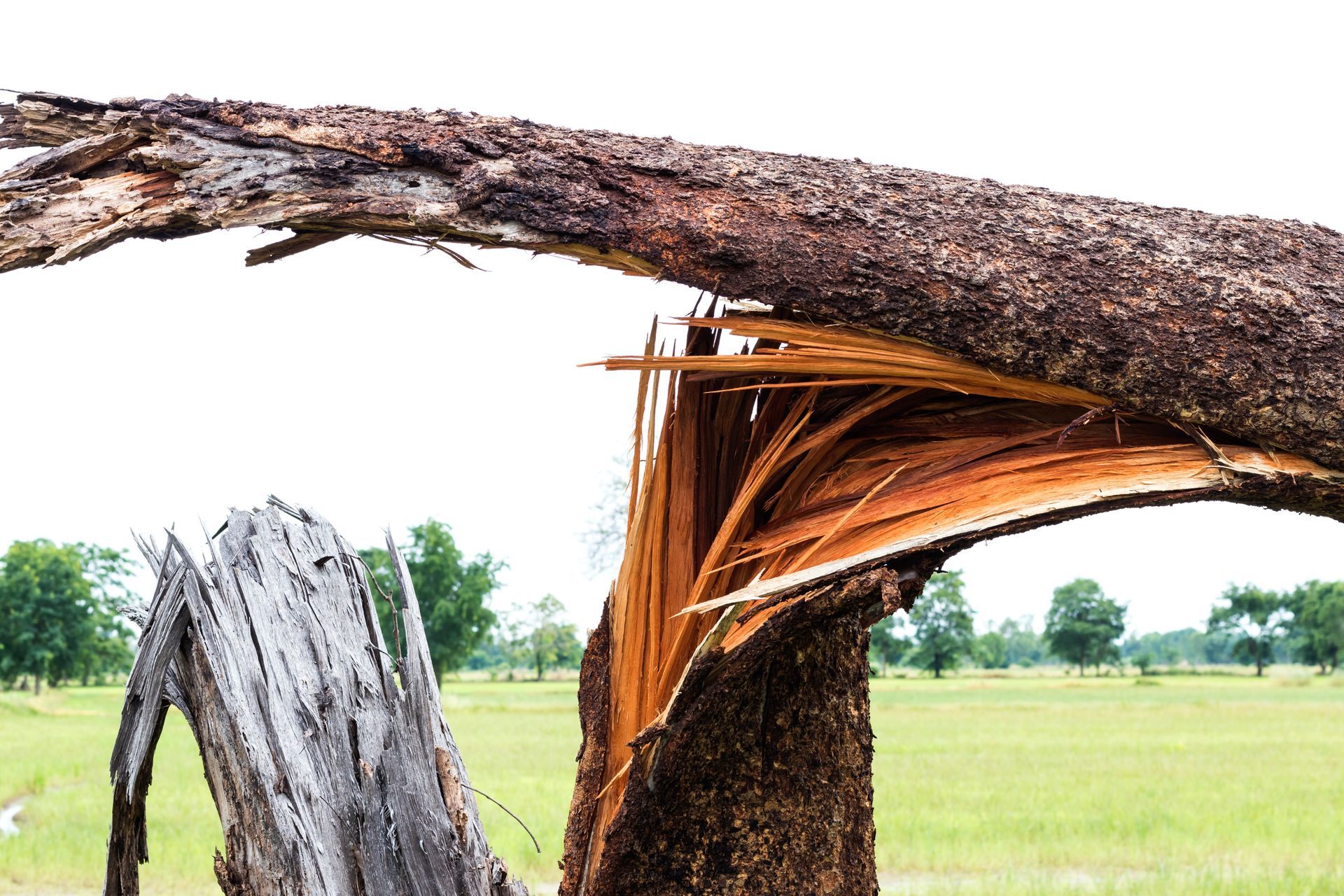Questions to Ask Before Having Trees Removed or Trimmed
Key Questions to Ask Before Tree Removal or Trimming
Maintaining the health and safety of your property often involves tree removal or trimming. Whether addressing a safety concern, managing disease, or maintaining the appearance of your landscape, it's important to ask the right questions before hiring a tree service professional. Before moving forward with any tree-related work, here's what you should inquire about.
Do You Have the Proper Licensing and Insurance?
Always confirm that the tree service provider is fully licensed and insured. A licensed business indicates that it meets local regulations and possesses the necessary qualifications for tree work. Insurance is vital to protect you from liability should an accident occur on your property. Without it, you could be held accountable for any injuries or damages.
What Experience Do You Have With Similar Projects?
Tree work, mainly when dealing with large trees or those close to structures, requires specific expertise. Ask the provider about their experience with similar jobs. A seasoned professional can assess risks, suggest the most effective solutions, and carry out the work safely and efficiently.
Can You Provide References or Customer Reviews?
Checking the company's reputation is essential. Seek out references from former clients or browse through online reviews. A reliable tree service will have a history of satisfied customers and successful projects. Positive feedback from others can reassure you that you're making the right decision.
What Is the Cost Estimate, and What Does It Cover?
It's essential to understand the cost upfront. Request a detailed estimate covering all work aspects, including labor, equipment, cleanup, and any additional services like stump grinding. Be sure to clarify whether the forecast is fixed or if there might be extra charges. This transparency helps you budget accurately and avoid unexpected costs.
What Are Your Safety Measures?
Safety should be a top priority for any tree service provider. Ask about their safety protocols and the equipment they use to ensure the job is performed safely. This includes protective gear, proper rigging techniques, and methods to prevent damage to your property. A company that emphasizes safety is more likely to deliver successful results.
What Is Included in the Cleanup Process?
Tree work can leave behind considerable debris. Before the project begins, ask about the company's cleanup procedures. Will they remove all branches, leaves, and wood chips, or will you need to handle the mess? A professional service should include thorough cleanup in their estimate, leaving your property neat afterward.
What Potential Challenges or Risks Are Involved?
Every tree job comes with its own set of challenges. It's essential to understand any potential risks or complications that may arise. Ask the tree service provider to explain possible obstacles and how they plan to address them. Being informed about these risks helps you set realistic expectations and prepares you for any situation.
Will You Handle the Necessary Permits?
In many locations, tree removal or significant trimming may require a permit. Confirm whether the tree service provider will handle the permit process or if you'll need to handle it yourself. Failing to obtain the correct permits can lead to fines or legal issues, so addressing this before any work begins is critical.
Conclusion
Asking these critical questions before hiring a tree service ensures you choose a qualified, reputable, and professional provider. Clear communication and proper preparation help protect your property, ensure your trees are well-cared for, and give you peace of mind.
